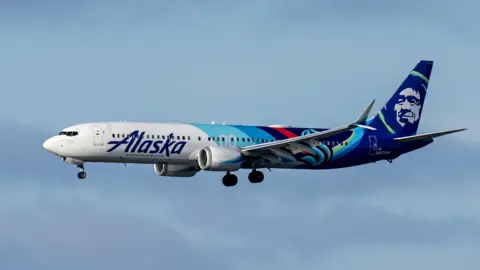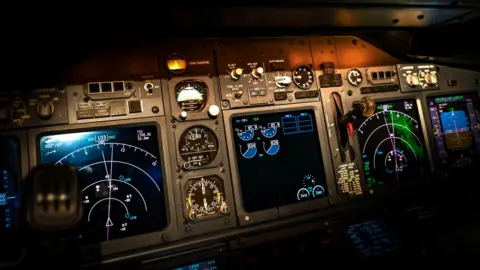In light of recent tragic incidents, including the June crash of an Air India flight that claimed 270 lives, many are questioning the safety of India's air travel. The Directorate General of Civil Aviation (DGCA) insists that India's aviation safety record is commendable. DGCA chief Faiz Ahmed Kidwai pointed to global metrics from the International Civil Aviation Organization, indicating India’s performance is generally better than the international average.
Despite this, the aviation sector has faced scrutiny following several alarming incidents. Another high-profile crash in August 2020 and prior accidents have not gone unnoticed. Recently, the DGCA summoned SpiceJet’s management over persistent maintenance and safety issues, notably failures reported in their De Havilland Q400 aircraft. Investigations revealed that SpiceJet's response to equipment issues was inadequate, prompting intervention from the regulator.
Moreover, the watchdog revealed that lapses in maintenance protocols and record-keeping led to reprimands against Air India Express, which acknowledged its errors and pledged corrective actions. As the aviation landscape in India expands—now the world's third largest passenger market—reports of technical faults have surged among domestic airlines, leading to increased oversight from the DGCA.
Kidwai noted that the frequency of technical failures reported by airlines has risen, which is encouraging from a safety reporting standpoint. He emphasized the importance of addressing these issues promptly to ensure traveler safety. Enhanced guidelines for flying in turbulent conditions have also been rolled out by the DGCA to ensure pilot readiness in adverse weather scenarios.
Despite these challenges, traffic in air travel remains resilient. Analyses show that the latest disaster has not substantially dented passenger volumes, with only a temporary decline noted. The aviation sector continues to grow, with a projected increase in the number of aircraft from about 1,288 currently to over 2,000 by the decade's end.
With heightened scrutiny and growing pressures on regulatory frameworks, the DGCA is committed to advancing safety measures amid an ever-expanding aviation market, ensuring that passengers can fly with confidence.






















